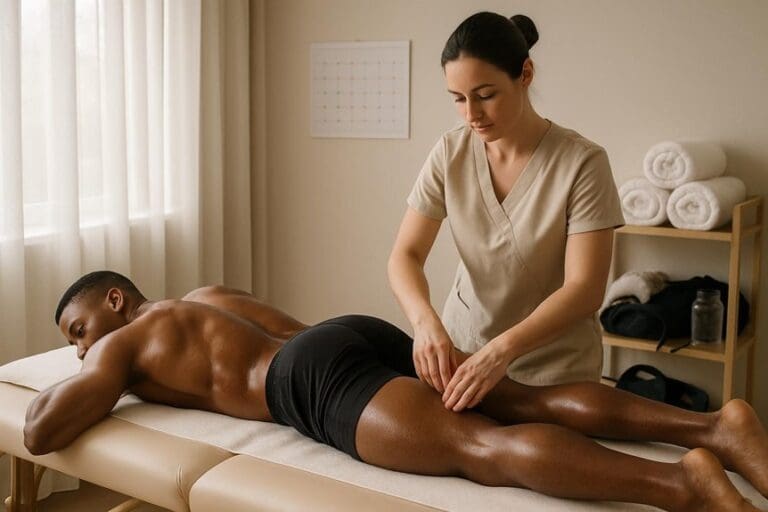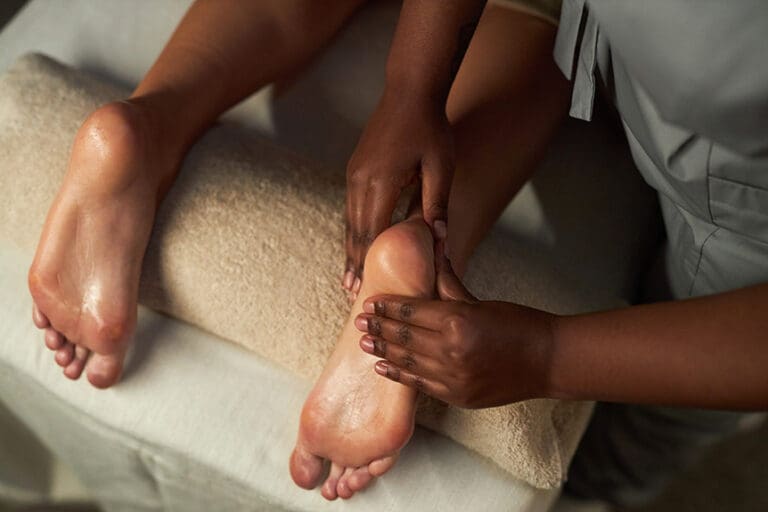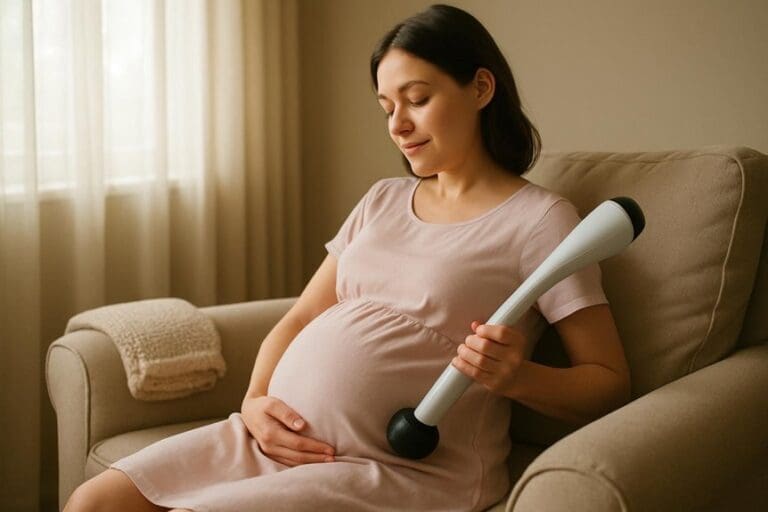Ideal frequency depends on training load and event timing. High-load phases often benefit from weekly sessions; moderate loads every 10–14 days; low-load or off-weeks every 3–4 weeks. Schedule 3–5 days pre-competition with moderate pressure, a light flush 12–24 hours pre-event, gentle work 2–48 hours post, and deeper work 3–7 days later. Book sooner if stiffness persists, hotspots recur, ROM is asymmetrical, or sleep suffers. Endurance, strength, team, and masters athletes follow tailored protocols. More specifics follow.
Finding Your Ideal Frequency by Training Load and Goals

While individual response varies, ideal athletic massage frequency is best set by training load, performance goals, and recovery markers. Spa & Massage recommends anchoring cadence to weekly training volume, intensity spikes, and objective readiness data.
For high-load phases (5–7 sessions/week, RPE ≥7), a weekly athletic massage supports tissue quality and neuromuscular readiness.
Moderate loads suit a 10–14 day interval.
Low loads or off-weeks often maintain well on a 3–4 week rhythm.
Protocols adjust to goals: performance-focused athletes use shorter, targeted sessions; durability-focused plans favour fuller-session myofascial work.
In our clinics, therapists assess soreness duration, ROM changes, sleep, and heart-rate variability when available. Persistent hotspots, asymmetries, or recurring DOMS cue a closer interval.
When markers stabilise, spacing can lengthen without compromising form.
Similar to sports massage, pregnancy massage benefits expecting mothers by supporting their unique well-being needs during physical adaptation and recovery.
When to Book Around Events: Pre-, Post- and In-Season Scheduling
Before key events, timing matters as much as technique. Evidence supports a structured calendar: a performance-focused athletic massage 3–5 days before competition, moderate pressure to prime tissue without provoking soreness.
A light flush 12–24 hours before may help anxious athletes feel ready.
Post-event, research favours gentle work within 2–48 hours to reduce DOMS perception and restore range; deeper corrective work belongs 3–7 days later.
In-season, maintenance every 1–2 weeks targets cumulative load and joint mechanics; off-season, a 3–4 week cadence supports recovery while addressing imbalances.
At Spa & Massage in London, therapists tailor pressure and pacing to the event cycle. They avoid aggressive techniques near race day, employ myofascial and neuromuscular methods midweek, and use calming oils post-event to settle the nervous system.
Signs You Need a Session Sooner Rather Than Later
Because load accumulates faster than tissue adapts, several red flags indicate an athlete should book sooner: persistent morning stiffness beyond 48 hours after training, focal “hot spots” or trigger points that recur despite mobility work, asymmetrical range of motion or altered gait, a drop in power or coordination without clear fatigue, tendon soreness that “warms up” then returns post‑session, and sleep disturbance linked to muscle tension.
At Spa & Massage, therapists prioritise these signals because they precede overuse injury. When present, they schedule targeted athletic massage with assessment: palpation to map tone, joint screen, and tendon loading history. Sessions emphasise precise depth, myofascial release, and cross‑fiber work, followed by low‑load isometrics and gentle nerve glides.
Clients receive dosage guidance—training trims, hydration, and sleep cues—and a 7–10 day follow‑up to confirm normalisation.
What We Recommend at Spa & Massage for Different Athletes
Although frequency must reflect training load and tissue response, Spa & Massage sets clear baselines: endurance athletes (runners, cyclists, triathletes) benefit from every 2–3 weeks in build phases and within 24–72 hours post‑race.
Strength and power athletes (lifters, sprinters, field sports) respond well to every 2 weeks during heavy blocks and 5–7 days pre‑competition for recovery without residual soreness.
Team‑sport and mixed‑modal athletes suit every 2–3 weeks with targeted spot‑treatment after congested fixtures.
Masters athletes and those returning from injury often require weekly sessions for 3–4 weeks, then taper to maintenance every 3–4 weeks.
At Spa & Massage’s London clinics, therapists adjust depth, pacing, and regional focus based on objective findings: tone, tenderness, range, and tissue glide.
Sessions typically run 45–60 minutes, extending to 75 for multi‑region demands.
Plans are reviewed monthly against training phases and competitions.
How to Maintain Results Between Sessions With Self-Care and Aftercare
To extend the benefits of athletic massage, Spa & Massage advises a structured aftercare routine that supports tissue recovery, restores range, and stabilises training load.
Immediately post-session, clients are guided to hydrate, avoid intense training for 12–24 hours, and use gentle mobility (5–10 minutes) to integrate new tissue length. Our therapists recommend contrast showers or localised cold exposure for soreness modulation, and heat before mobility when stiffness dominates.
Between sessions, a simple protocol works: daily diaphragmatic breathing (3–5 minutes), progressive stretching of worked regions, and light self-myofascial release using a ball or roller (30–90 seconds per hotspot).
Adequate protein and sleep (7–9 hours) underpin adaptation. Athletes track soreness, range, and readiness; if metrics dip, they reduce load and schedule an earlier tune-up at Spa & Massage.
Conclusion
In closing, the cadence of athletic massage is best set by training load, goals, and clear body signals. Evidence supports maintenance sessions every 2–4 weeks, pre-event priming 2–5 days out, and recovery work 24–72 hours post-competition. Athletes should adjust frequency during heavy blocks and when tightness, restricted ROM, or soreness persist—nipping issues in the bud. Spa & Massage protocols pair targeted soft-tissue work with therapist-led pacing, self-care, and aftercare to reduce injury risk and keep performance on track.



